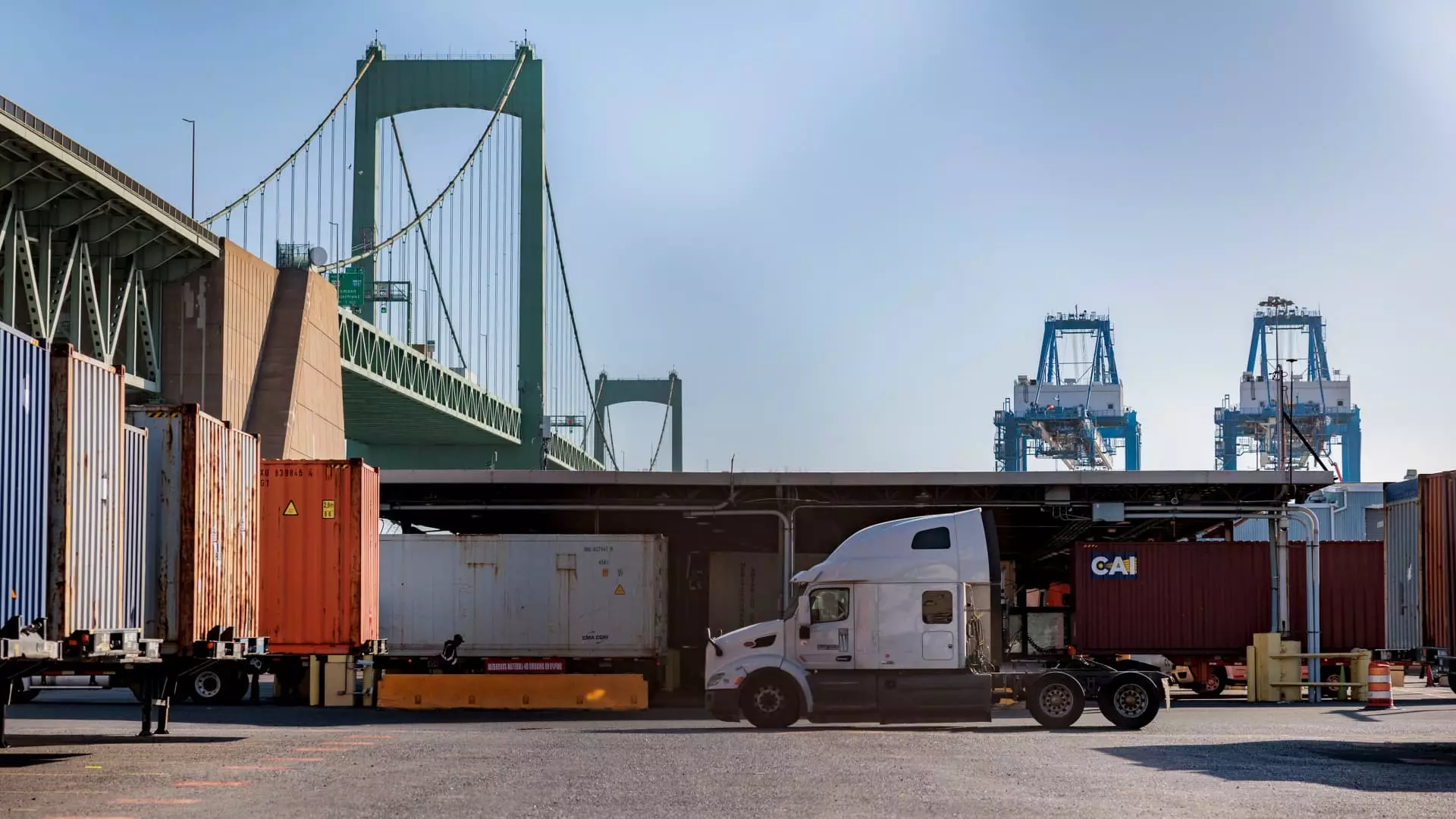The economic landscape is constantly evolving, and with it, the strategies employed by policymakers to generate revenue for government spending. One of the most controversial proposals surfaced during President Donald Trump’s tenure involved the notion of an “all tariff policy.” This raised significant skepticism among economists and policy experts alike. While the motivation behind such a proposal may stem from a desire to simplify tax structures and reduce income tax burdens, a detailed analysis reveals considerable flaws within its foundational premise.
The proposal, originally discussed during Trump’s campaign, suggested that tariffs on imported goods could entirely replace the federal income tax. At a Republican lawmakers’ meeting in June, Trump made clear his advocacy for a system heavily reliant on tariffs, which he claimed could provide sufficient revenue for federal spending needs. However, this notion quickly drew criticism from various economic experts who highlighted the impracticality of such a radical shift in taxation policy.
Historically, tariffs have been a significant source of federal revenue, particularly in the 19th century when government expenditures were dramatically lower than they are today. Experts like Alex Durante from the Tax Foundation pointed out a critical inconsistency in trying to apply a centuries-old tax system to a modern economy. The reality is that as U.S. government spending climbed to approximately 22.7% of GDP in 2023—ten times higher than during the tariff-dependent eras—the implications of relying solely on tariffs become increasingly untenable.
A key argument against Trump’s tariff-centric revenue model is the growth of federal expenditures paired with stagnant tariff income. Data from the Congressional Research Service shows that tariffs have only contributed 2% or less to total federal revenue over the past 70 years. In the fiscal year 2024, tariff collections by U.S. Customs and Border Protection totaled around $77 billion, which constituted merely 1.57% of the overall federal revenue. This stark discrepancy raises unsettling questions about the sufficiency of tariffs in supporting modern government financing.
The challenges of adjusting from income tax to tariffs rely heavily on mathematical feasibility, an aspect that economists like Erica York emphasize. In the tax year 2021, the IRS collected an astounding $2.2 trillion from personal income taxes alone. Transitioning to a system reliant on tariffs would necessitate “astronomically high tariff rates,” a scenario deemed implausible. Additionally, factors such as noncompliance and changes in consumer behavior would further diminish tariff revenue, thus complicating the potential for a successful transition.
If the U.S. were to pursue a high-tariff structure to replace income tax, the immediate effects could lead to higher prices for consumers, reduced purchasing power, and decreased import volumes. As stated by leading economists Kimberly Clausing and Maurice Obstfeld, increasing tariff rates could precipitate a corresponding decline in the import base. This cycle of increasing tariffs leading to diminished revenues sketches a bleak outcome for any proposed income tax replacement.
The implications of tariff policies extend beyond just the domestic economy; they affect international relations and trade dynamics. Recently, Trump signed a 25% tariff on imports from Canada and Mexico, intimidating trade partners and creating retaliatory responses from countries like China. The geopolitical repercussions of such policies could lead to trade war scenarios that would exacerbate economic challenges further, deterring economic growth.
While President Trump’s proposal to substitute income tax with tariffs aims to address income distribution and government revenue challenges, the evidence against its efficacy is overwhelming. Relying on tariffs as a primary revenue source is not only economically unfeasible but also fundamentally flawed given the structural changes in government expenditure. A pragmatic approach towards tax reform is necessary—one that addresses the complexities of modern economics without reverting to outdated models that cannot support contemporary fiscal demands. Ultimately, the pursuit of innovative tax strategies must be grounded in realistic revenue potential and an understanding of the current global economic environment.

